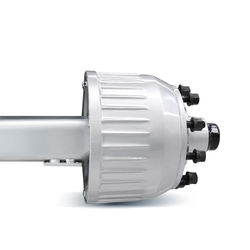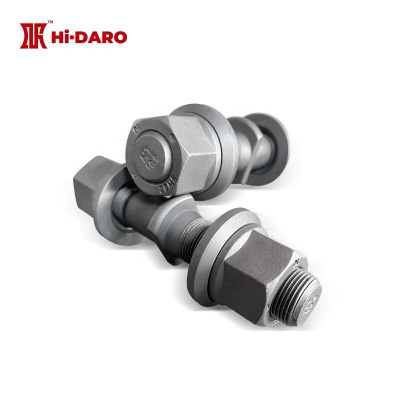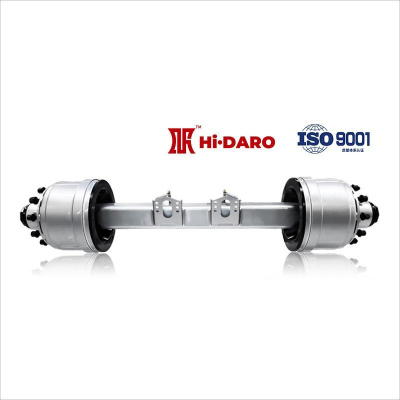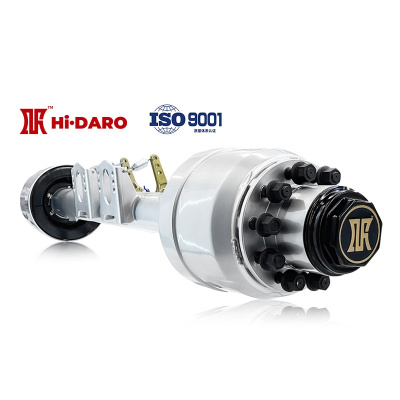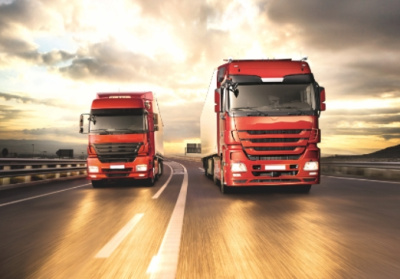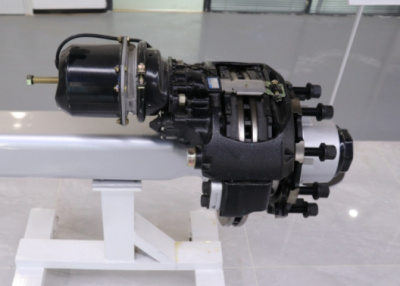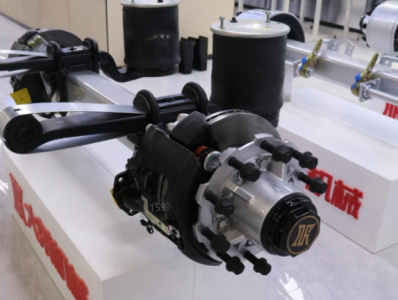How does a jumbo truck deliver jumbo goods?
Bulky transportation is an indispensable guarantee in the construction of national key projects. With the continuous improvement of national manufacturing capacity, the demand for bulky transportation shows an increasing trend year by year.
Bulk transportation refers to the transportation and distribution of large equipment. Due to the huge volume of cargo carrying heavy indivisible, even more than the highway alignment and bridge culvert through the capacity of the prescribed limits, so not the general transport vehicles can be completed, the need to detour, reconstruction or even remove obstacles encountered, the transportation difficulty is clear at a glance, which requires the transport speed must be slow, driving technology and driving experience must be very high.

In general, according to the different transport goods, the size and load standards of large transport vehicles are different, which can be divided into the following types:
1. Super wide standard for large transport vehicles
The width of a class of road bulky transport goods is limited to: greater than or equal to 3.5 meters, less than 4.5 meters;
The width limit of the second class road bulky transport goods is: greater than or equal to 4.5 meters, less than 5.5 meters;
The width of the three types of road bulky transport goods is limited to: greater than or equal to 5.5 meters, less than 6 meters;
The width of four types of road bulky transport goods is limited to: greater than or equal to 6 meters.
2. Oversized transport vehicles are standard
The length of a class of road bulky transport goods is limited to: greater than or equal to 14 meters, less than 20 meters;
The length of bulky transport goods on the second class road is limited to: greater than or equal to 20 meters, less than 30 meters;
The length of bulky goods transported on the three types of roads is limited to: greater than or equal to 30 meters, less than 40 meters;
The length of the four types of road bulk transport goods is limited to: greater than or equal to 40 meters.
3. Super high standard of large transporter
The height limit of a class of road bulky transport goods is: greater than or equal to 3 meters, less than 3.8 meters;
The height limit of bulky transport goods on the second class road is greater than or equal to 3.8 meters, less than 4.4 meters;
The height limits of the three types of road bulky transport goods are: greater than or equal to 4.4 meters, less than 5 meters;
The height limit of the four types of road bulk transport goods is greater than or equal to 5 meters.
4. Load standard of large transport vehicles
The weight limit of a class of road bulky transport goods is: greater than or equal to 20t, less than 100t;
The weight limit of the two kinds of road bulky transport goods is: greater than or equal to 100t, less than 200t;
The weight limit of three types of road bulky transport goods is: greater than or equal to 200t, less than 300t;
The weight limit of the four types of road bulk transport goods is greater than or equal to 300t.
In some special cases, large transport vehicles need to transport the weight of goods can reach 500t or even 1000t, so that a car can not complete the transport task alone, often need two or more tractor to cooperate with the transport, therefore, large transport modes mainly exist as follows:
1. Bicycle traction
This is also the most common mode of transport, and ordinary cargo transport is not much different, generally through the transport of large tractor, semi-trailer or hydraulic semi-trailer for transport, suitable for the total weight of vehicles and goods below 250t large transport.
2. Bicycle traction and top push
Also called top cart transport, as the name suggests, is to use a tractor or semi-trailer in front of the transport, and then add a tractor behind, with the top push rod type tripod will be connected with its head and carrying goods of the car, let the rear tractor push the trailer to go.
This mode of transport can be used semi-trailer, can also be used full trailer, generally used for 350t below large transport, single traction is insufficient, with the rear tractor used. But in order to prevent the rear tractor tire skid, generally increase the appropriate counterweight in the rear tractor, improve the adhesion of the rear car tire, give full play to the power of the rear car.
3. Double car traction and top pushing
In principle, it is similar to single-car traction plus top push, only the number of tractors is different. The front two tractors, generally hydraulic full trailers, are hinged to the front beam of the trailer, and the rear two tractors are also hinged to the rear beam of the trailer. The four tractors exert force at the same time to complete the transportation task. Tractors can be pulled side by side or in series. Because the tractor uses a full trailer, the weight of the load can be evenly distributed on each tire.
This mode of transportation is suitable for the transportation of large vehicles and goods with a total weight of less than 500t. The requirements on the road surface and terrain are relatively high. The rear tractor also needs counterweight to ensure that it can play a sufficient power.
4. Multi-car traction and top pushing
For the larger weight of goods, such as the total weight of more than 500t of large goods transportation, can be used in the transport of multi-car traction and top push, to ensure that there is sufficient power, the connection method and double car traction and top push transport the same.
It is worth noting that when the number of tractor or top cart is more than one, it is necessary to report to the relevant departments in advance, explore the transportation route in advance, and complete the transportation within the specified time and route under the unified organization of the relevant departments, opening, flow limiting and monitoring. In some cases, it may also need to build roads and Bridges by itself. In addition, in the transportation process, the coordination between multiple tractors is very important. The gear position, speed and other parameters must be consistent, and the front and rear vehicles need to be accurately regulated when going up and down hills to ensure the power balance before and after.

Large transport vehicles commonly used models are mainly flat car, ladder car, groove car, etc., from the trailer axle classification can be divided into three three axes, three three axes, four lines, eight axes, five lines, ten axes and so on. Due to the special type of goods transported, the requirements for various configuration parameters of the vehicle are higher, such as the load-bearing performance of the vehicle.
When it comes to vehicle bearing, it is necessary to mention the support bridge. Generally, the trailer axles used on semi-trailers are support Bridges. Although they do not have driving and steering functions, they are directly related to the strength of the bearing capacity of the vehicle. DARO Heavy Industry Group is one of the first domestic enterprises to start mass production of one-piece axle, so far has accumulated more than 20 years of research and production experience, in the casting process, from a steel directly to create the shaft body and shaft head, change the traditional "three-piece" welding mode, avoid welding deformation, improve the load resistance of the shaft body.
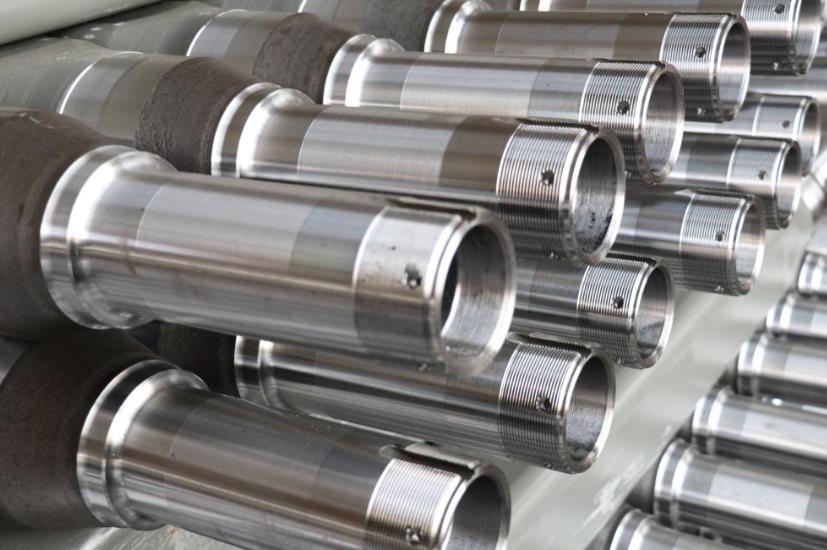
At the same time, in the key part of the shaft head and bearing connection, not only specially made from the design of thickening treatment, but also added medium-frequency induction strengthening treatment, improve the strength and toughness of the shaft head, to ensure the stable performance under high-speed operation. Over the years since entering the market, DARO trailer axles have established excellent relationships with numerous customers with reliable quality and affordable prices.
